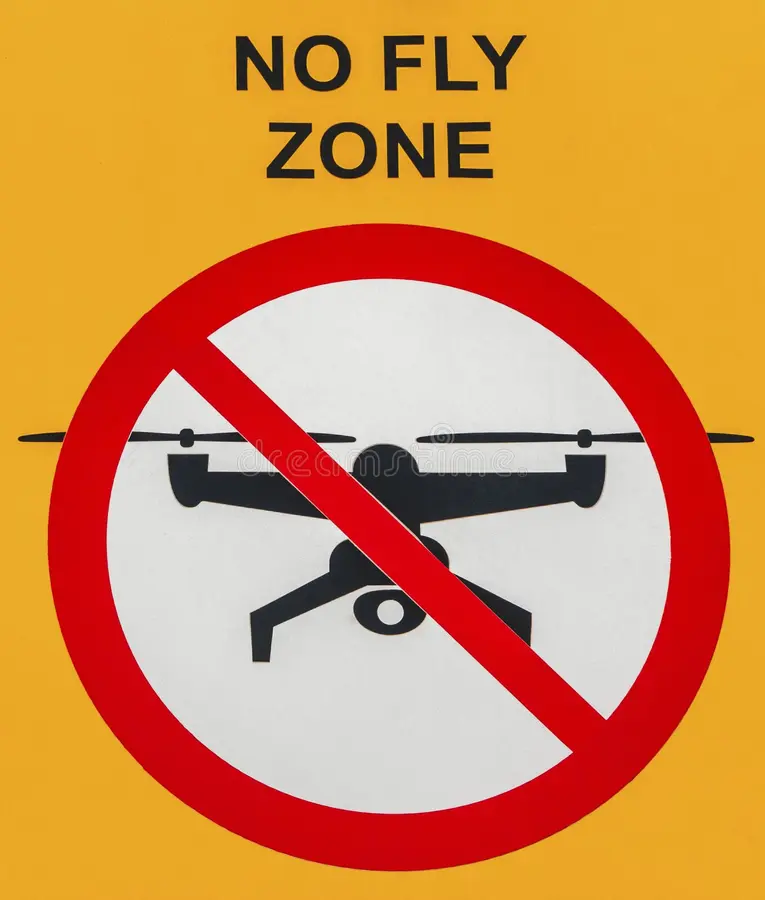Flying a drone, or unmanned aerial vehicle (UAV), in a no-fly zone is a highly dangerous practice that poses significant risks to both aviation safety and public security. Recently, the Trinidad and Tobago Civil Aviation Authority issued a stern warning against drone use above 400 feet after a near-miss incident involving a commercial aircraft near Piarco International Airport. This incident highlights the critical importance of adhering to no-fly zone regulations.
Flying a UAV in a No-Fly Zone is dangerous for a number of reasons which we shall share here.
Drones flying in restricted airspace can collide with manned aircraft, leading to potentially catastrophic consequences. The recent incident near Piarco International Airport involved a commercial jet that came within 20 feet of a drone flying at 3500 feet. Such close encounters can result in severe damage to aircraft and endanger the lives of passengers and crew.
Operating a drone in a no-fly zone can result in severe penalties, including fines and imprisonment. The Civil Aviation Authority has emphasized that violating no-fly zone regulations can lead to fines of up to $350,000 and imprisonment for up to five years. These legal repercussions underscore the seriousness of adhering to airspace regulations.
Drones flying in restricted areas can pose a threat to public safety by interfering with emergency response operations, disrupting critical infrastructure, and causing panic among the public. No-fly zones are established to protect sensitive locations such as airports, military installations, sensitive Commercial installations, and government buildings.
Unauthorized drone flights in restricted airspace can compromise national security by providing unauthorized surveillance of sensitive sites and potentially aiding in terrorist activities. Protecting critical infrastructure and ensuring airspace safety are paramount to maintaining national security.
In closing, flying a UAV in a no-fly zone is a both a reckless and risky practice that endangers aviation safety, public security, and national interests. This incident is a stark reminder of the potential consequences of disregarding regulations. Regulations protect us all and ensures the safety of all airspace users and the public.


